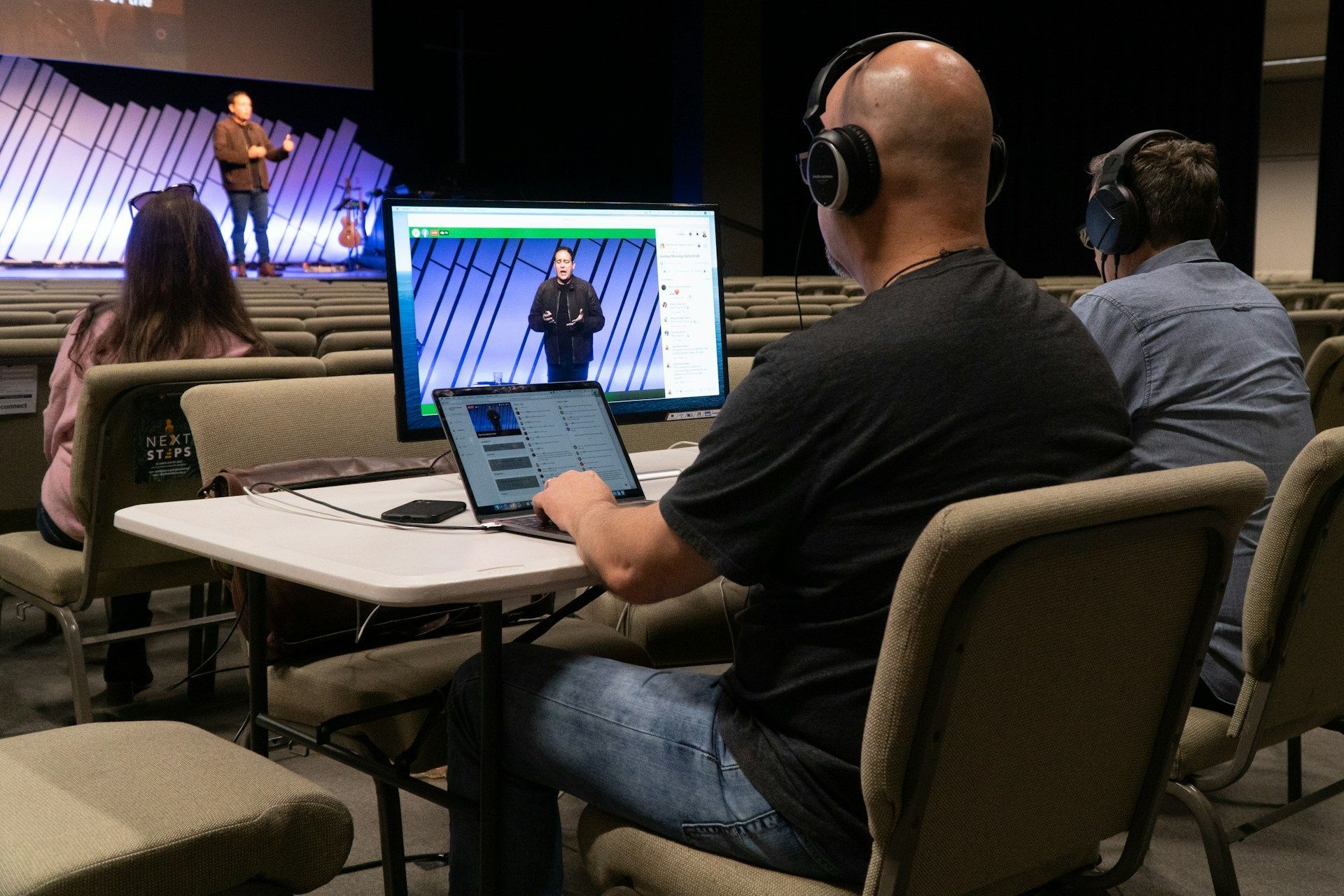How Testing Your Church Ads Can Help Them Work Better
Ever wondered why some church ads seem to click with the audience while others fade away unnoticed? It's not magic, but a matter of tweaking and testing that can transform an ad's impact. Effective church ads are more than just pointers to services; they represent a connection between the church and its community. This connection is realized by making small yet significant changes that often spell the difference between engaging content and a missed opportunity.
Faithworks Marketing, specializing in websites, SEO, Google Ad Grant, and social media for churches, understands the nuances of creating impactful church ads. Minor adjustments, like changing a headline or swapping out an image, can lead to substantial improvements in engagement and outreach. With the right strategies and continuous testing, churches can optimize their ads to reach the heart of their community.
Understanding the Power of Small Changes
Minor tweaks hold the potential to completely change how an ad performs. By paying attention to these small details, churches often find that their ads become more attention-grabbing and effective. Consider, for example, the impact of altering the image in an ad. A vibrant photo that resonates with the message can capture attention more effectively than a generic one. It's these subtle alterations that can nudge an ad from ordinary to compelling.
Testing plays a big role in understanding how these small changes work. It's about experimenting and figuring out what elements of an ad resonate best. Switching up headlines is a great place to start. A headline sets the tone for what's to come and can be the hook that keeps readers interested. When churches regularly test and refine these elements, they start seeing what truly works for their audience. This approach not only boosts the ad's performance but also helps in crafting messages that align better with the church's mission and values.
How to Test Your Church Ads
Exploring A/B testing is a smart way for churches to see what elements connect best with their communities. Here's a simple guide on how to set up these comparisons and gather insights that actually make a difference:
1. Choose one variable to test. This could be the image, headline, call-to-action, or even the tone of the message.
2. Create two versions of the ad with only that one element changed.
3. Run both versions at the same time and make sure they’re shown to similar audience segments.
4. Compare their performance using key metrics like clicks, engagement, or sign-ups.
It’s necessary to test one thing at a time. That way, it’s much easier to know which adjustment made the difference and why. As churches get more comfortable with testing, they’ll find it easier to decide which ad elements create the most meaningful impact.
Practical Tips for Effective Ad Testing
When it comes to testing ads, visual and written elements can have a strong impact. One of the first places to look is your images. The image you pick should feel connected to the message. It should stir some kind of emotion and be clear and high in quality. Whether it’s a photo of a smiling group or a peaceful church setting, it should reflect what the message is about and fit your audience’s expectations.
Next, take a look at the headlines. A good headline doesn't have to be clever, but it should be clear and inviting. It needs to get your main message across in a short amount of time. Think about what would make someone stop scrolling. Would your headline do that? If not, try rewriting it using a simpler or more direct tone.
The call-to-action or CTA tells your audience what to do next. Whether you're inviting them to come to service, learn more, or engage through a form, your CTA should have energy. Instead of being vague like "click here," say something like "Join us this Sunday" or "See how you can connect." It helps your audience understand what’s next and makes the step feel more approachable.
Benefits of Optimized Church Ads
Good ad testing leads to better engagement and, over time, stronger results. When your messages and visuals align with what your community cares about, more people stop and pay attention. Engagement comes naturally when ads feel relevant and true to what your church represents.
Connecting with your community means meeting them where they are and speaking to what matters to them. That’s much easier to do with ads that are tuned over time through real feedback. You learn what connects and what part of your message needs adjustment. This isn’t just about clicks. It’s about stronger communication.
Long-term testing also means your church ads aren’t standing still. With each improvement, you build momentum. Better response rates often lead to more interest, more visits, and a deeper sense of trust between your church and community members. It doesn’t happen overnight, but regular testing encourages thoughtful growth across all ad campaigns.
Keep Your Ads Moving Forward
Reflecting on all these elements, one thing becomes clear—church advertising isn’t just about posting and hoping it works. It’s about intentionally shaping your message so that it speaks to the people who matter most. By making small but purposeful tweaks to images, headlines, and messaging, and applying easy-to-follow testing methods, your church has a better chance to connect meaningfully with your audience.
Making it all work can take some trial and error, which is why support from experienced professionals can make a difference. With guidance and a plan, you can turn your church ads into a stronger outreach tool. Faithworks Marketing is here to help churches get there with better strategy, better testing, and better results.
To effectively reach your audience with engaging advertising for churches, consider leaning on expert strategies designed to enhance your outreach efforts. Faithworks Marketing helps you make small changes that lead to big impact, like testing different headlines or images to see what gets your community to respond. Learn more about how advertising for churches can strengthen your message and grow meaningful connections.












